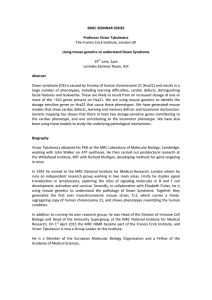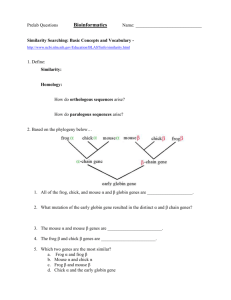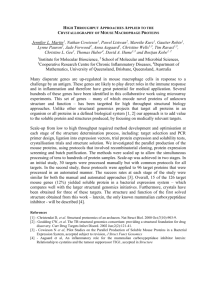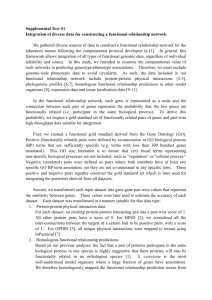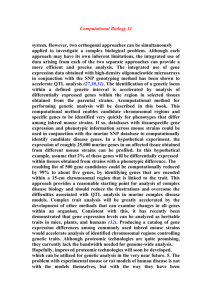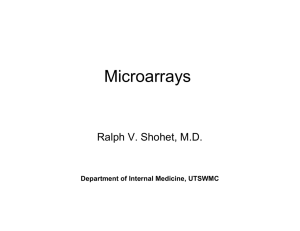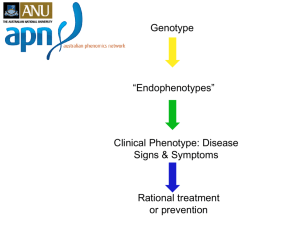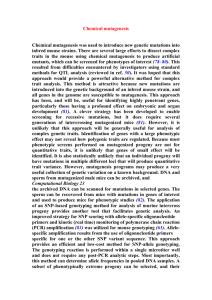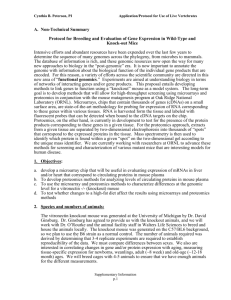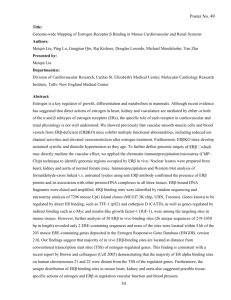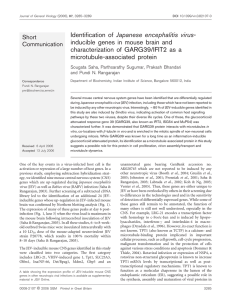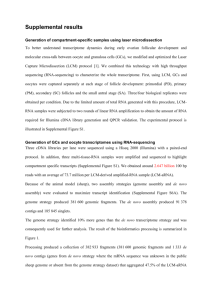Media Release
advertisement
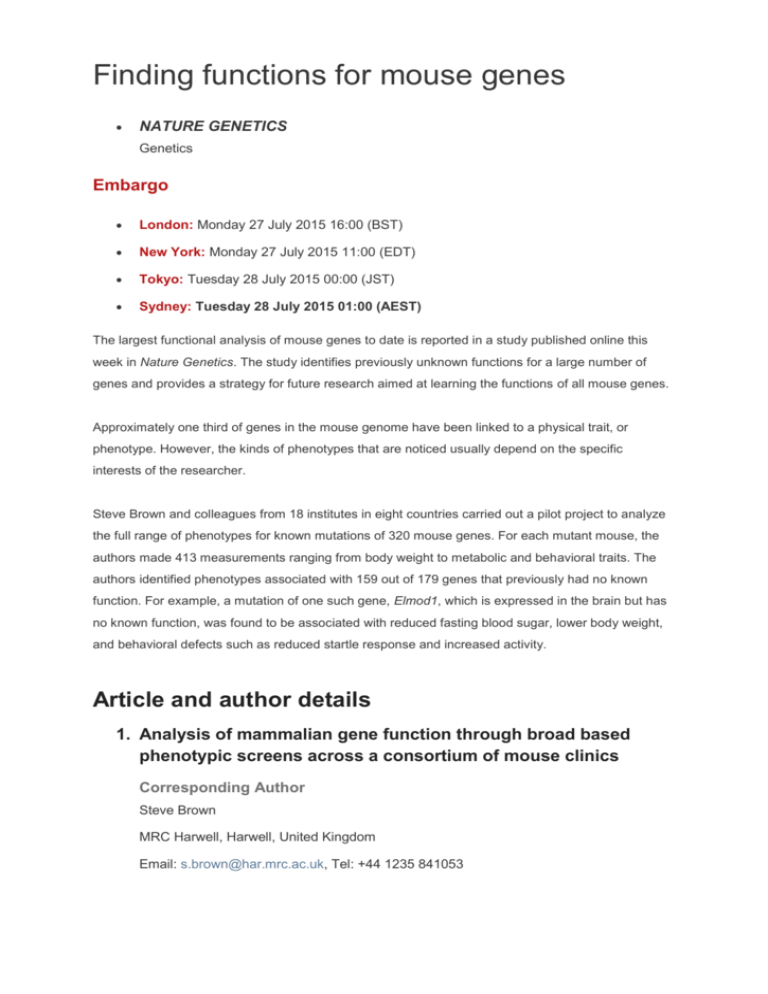
Finding functions for mouse genes NATURE GENETICS Genetics Embargo London: Monday 27 July 2015 16:00 (BST) New York: Monday 27 July 2015 11:00 (EDT) Tokyo: Tuesday 28 July 2015 00:00 (JST) Sydney: Tuesday 28 July 2015 01:00 (AEST) The largest functional analysis of mouse genes to date is reported in a study published online this week in Nature Genetics. The study identifies previously unknown functions for a large number of genes and provides a strategy for future research aimed at learning the functions of all mouse genes. Approximately one third of genes in the mouse genome have been linked to a physical trait, or phenotype. However, the kinds of phenotypes that are noticed usually depend on the specific interests of the researcher. Steve Brown and colleagues from 18 institutes in eight countries carried out a pilot project to analyze the full range of phenotypes for known mutations of 320 mouse genes. For each mutant mouse, the authors made 413 measurements ranging from body weight to metabolic and behavioral traits. The authors identified phenotypes associated with 159 out of 179 genes that previously had no known function. For example, a mutation of one such gene, Elmod1, which is expressed in the brain but has no known function, was found to be associated with reduced fasting blood sugar, lower body weight, and behavioral defects such as reduced startle response and increased activity. Article and author details 1. Analysis of mammalian gene function through broad based phenotypic screens across a consortium of mouse clinics Corresponding Author Steve Brown MRC Harwell, Harwell, United Kingdom Email: s.brown@har.mrc.ac.uk, Tel: +44 1235 841053 DOI 10.1038/ng.3360 Online paper* http://nature.com/articles/doi:10.1038/ng.3360 * Please link to the article in online versions of your report (the URL will go live after the embargo ends).
